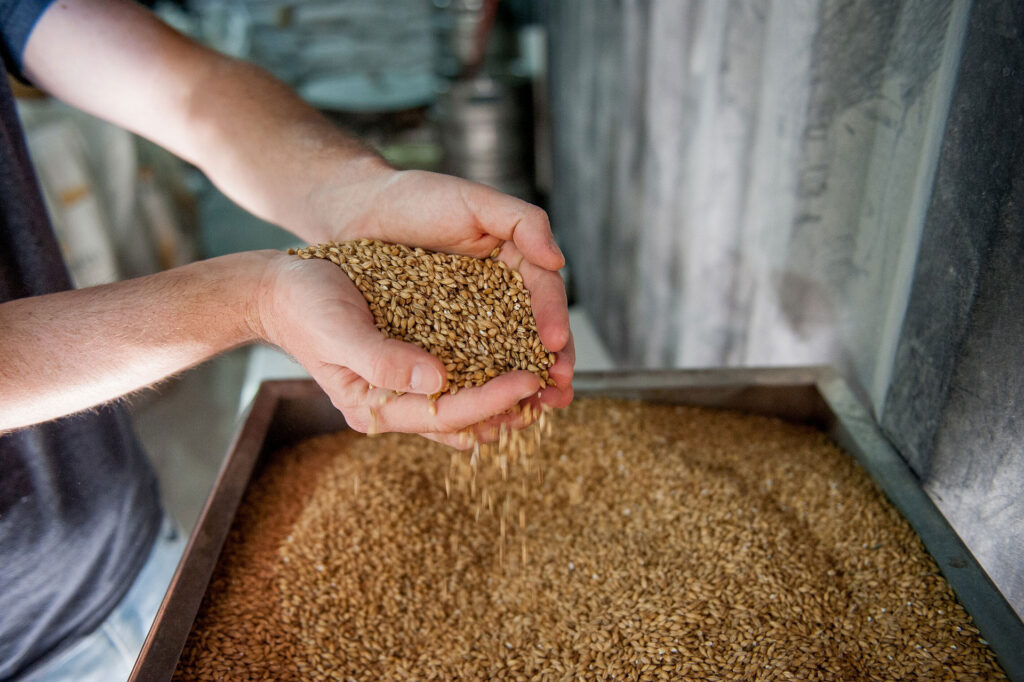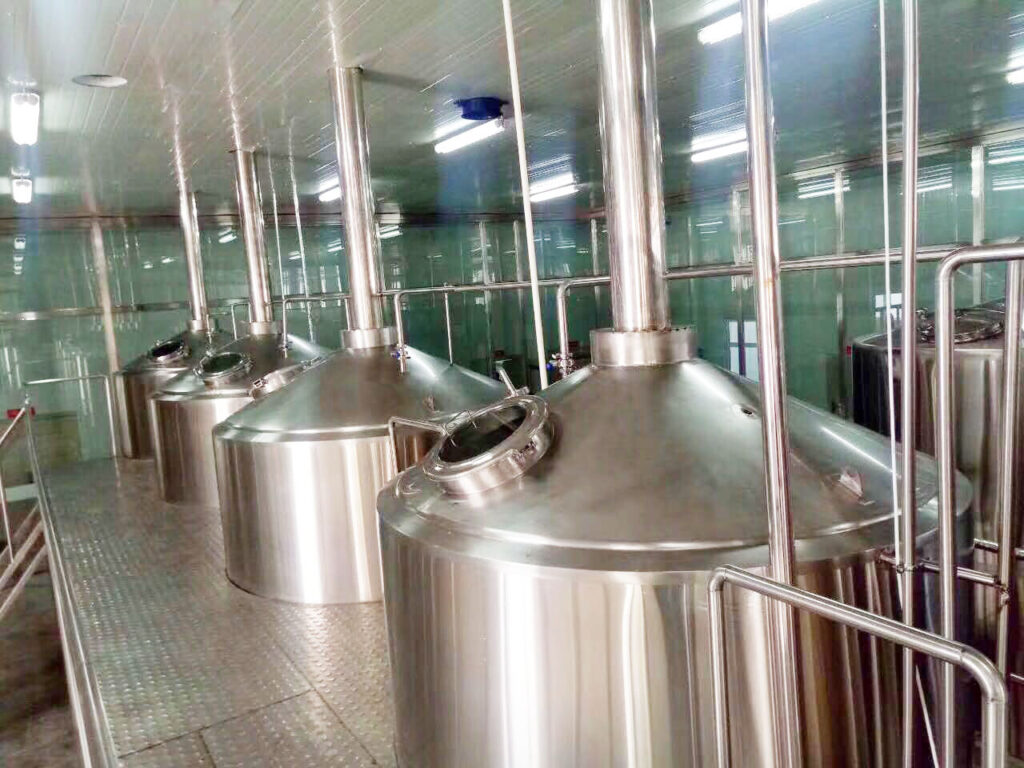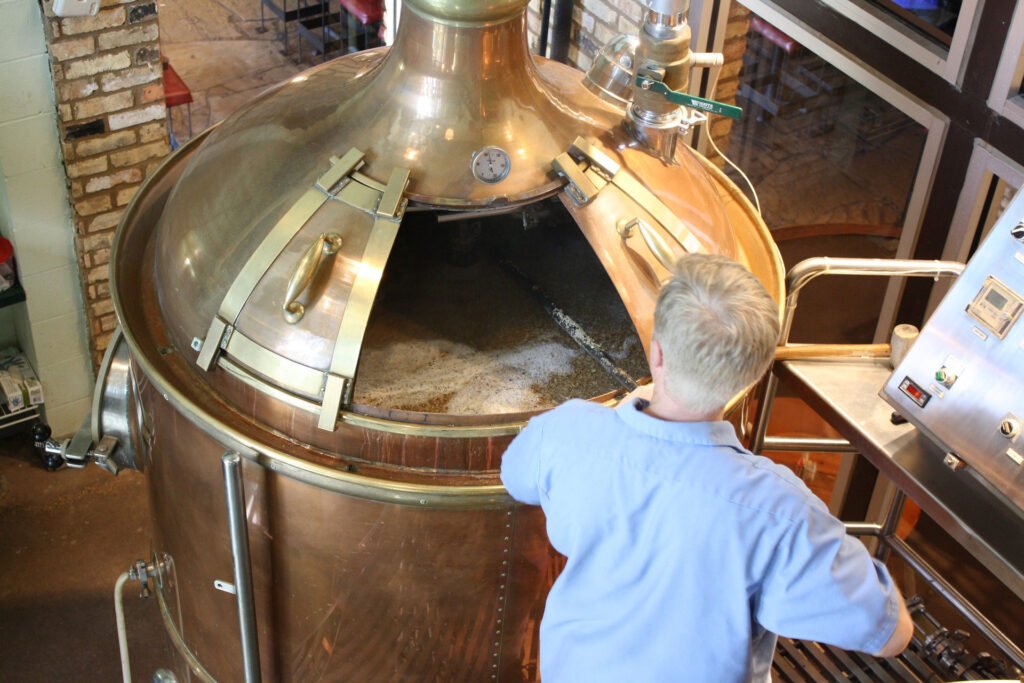I’d like to open a brewery. How to set up the beer filling production line?
Probably every beer drinker dreams of having their own brewery.
Whether it can be achieved or not, I think we can see how we can open a brewery.
Maybe one day it will happen.
What Is Beer?
Beer is an alcoholic beverage fermented from malt. It has a unique flavor and low alcohol content. It’s one of the favorite drinks in people’s gatherings and parties.
According to COMTEX, the global beer market size reached a value of US$623.2 Billion in 2020. Beer has become the third most popular beverage in the world.
Legend has it that beer originated 6,000 years ago. The Sumerians of Mesobuda made beer out of barley malt. But at that time, hops were not used as ingredients. So the beer of the time not only had no hob flavor and foam, but also had a short shelf life and a poor taste. Beer was introduced to Europe around the 4th century AD. Europeans began to add ingredients to enrich the beer variety. A monk in Germany used hops for beer brewing. Since then, hops have been used extensively in beer brewing. In the 19th century, the advent of chiller enabled beer to be fermented at low temperatures. The invention caused a bubble of beer.

What Kinds Of Beer Are There?
According to raw materials and fermentation duration, beer can be divided into craft beer and regular beer. The ingredients for craft beer are purer. Generally only water, malt, yeast, and hops. wort concentration is generally above 10, alcohol concentration can be up to 10 or more. Besides water, malt, yeast, and hops, regular beer has more ingredients. Such as rice, corn, syrup, corn starch, etc. These items are to reduce the concentration of wort. Regular beer alcohol is generally around 3. In terms of fermentation time, craft beer can typically last up to 3 months. While Regular beer can be done in 5-7 days. This has also made craft beer less productive and more expensive.

Depending on the type of yeast, beer can be divided into top fermentation and bottom fermentation. Top fermentation is used to make ales dark beer and wheat beer. During fermentation, carbonic acid leaves foam on the surface of the beer. The fermentation temperature is between 16 and 24 degrees Celsius. The temperature requirements for bottom fermentation are low. The yeast sinks to the bottom of the beer. Bottom fermentation is for the production of pills malt and lager beers. The alcohol content is low. Currently, most regular beer is fermented with the bottom fermentation.
What Does Beer Brewing Require?
The most basic ingredients for beer brewing are water, hops, malt, and yeast.




The amount and use of hops determine the taste and shelf life of the beer. The more hops you add, the more bitter the beer will taste. The amount of hops for brewing is 14-18mg/L of beer. The type of hop is also a key factor in the entire brewing process. If you are interested in hops, please leave me a message. I might write an article devoted to hops.
With these four ingredients, you can start brewing beer. Of course, different breweries can also choose additional ingredients according to their own beer characteristics and craft. For example, corn, rice, syrup, corn starch, and even coffee, fruit juice extract, and other flavored raw materials.
In the beer brewing process, commonly equipment is mash tun, lauter tun, brew kettle, whirlpool, heat exchanger, fermentation tank, storage tank, plate and frame filter, pasteurizer, filling packaging equipment.

What Is The Process Of A Beer Filling Production Line?
The brewing process of beer can be divided into
Malting – Mashing – Saccharification – Fermentation – 2nd fermentation – Filtration – Filling Packaging
1. Malting
This step is very similar to the malting process of whisky. Please refer to this article on whisky brewing. Today, modern breweries generally no longer set up their own malt workshops. As a result, the process of malting is gradually stripped from the beer production process.
2. Mashing

Grist mill ground the malt firstly. Then grist mix fully with hot water in the mash tun and be stirred continuously. The mash tun is a huge metal container. Equipped with hot water and steam inlets, an agitator, and a large number of temperature control devices. In a mash tun, enzymes convert the starch of the malt into sugar dissolved in water. This is called saccharification. The temperature of the entire process increases from 45 degrees to 78 degrees.
3. Saccharification.

Mash then goes to lauter tun. There are agitator and bottom filter in Lauter tun. Under stirring, the liquid flows slowly through the filter, separating from the grain. During the filtration process, hot water is constantly added to lauter tun to fully dissolve the active ingredients. Then we get the resulting liquid called wort. The residues malts, barley shells, and insoluble proteins are very good farming feed.
Next, the wort enters the brew kettle. Hops are added in the process. The boiling process lasts for two hours, with a maximum temperature of 80 degrees Celsius. After boiling, the wort enters the whirlpool immediately. After the whirlpool rotation, the remaining hops and proteins sink into a cone in the middle of the tank. Makes wort separate from solids. The separated wort flows in the heat exchanger and be cooled. Because yeast can only be fermented at low temperatures.
4. Fermentation


After cooling, the wort enters the fermentation tank. Depending on the type of yeast, the fermentation temperature is generally 5-20 degrees Celsius. During fermentation, yeast converts sugar into alcohol and carbon dioxide. After about a week, when the fermentation process is over, remove yeast, and all that is left is the young beer.
Young beer will continue to ferment in the storage tank. remaining sugar continues to be converted into alcohol and carbon dioxide. The taste of the beer will also be refined. Finally, the remaining yeast and protein sink to the bottom. Depending on the type of beer, young beer will be stored in the storage tank for up to 3 months. This process is called secondary fermentation.
5. Filtration.

Fermented and matured beer filters out all remaining yeast and protein by the filter. And after pasteurization, it becomes a finished beer to be ready for packing. If using a plate and frame filter instead of pasteurization, you can get draft beer. Draft beer maintains a high biological, non-biological, and flavor stability. This beer is very fresh and delicious, with a shelf life of more than half a year.
6. Filling packaging.
Since beer is a carbonated beverage, it needs to be filled with a counter-pressure filling machine. According to the type of bottle, the filling machine is divided into can filler, glass bottle filling machine, plastic bottle filling machine, and metal bottle filling machine. Among them, cans and glass bottles are the most popular packaging methods. Linho offers a variety of beer filling machines.
Beer foam is abundant, and it is important to solve the problem of foaming during filling. Especially in high-speed production lines, the requirements of the filling machine are higher. This also makes beer filling machines more complex and expensive than the usual carbonated beverage filling machines. LINHO has extensive experience in beer filling machines. The inlet method, pipeline system, filling valve technology assure the entire filling performance. Fill every bottle of beer perfectly.
Like whiskey, glass bottles of beer generally use self-adhesive labels. A bottle is labeled with a single label, a front and back label, or a front, back, and neck label. Linho can provide you with different labeling machines according to your requirements.
Some people say that beer makes people happy. I agree with it. That should be why beer is so popular around the world. If we can open our own beer factory, that must be feeling great!
Read More:


